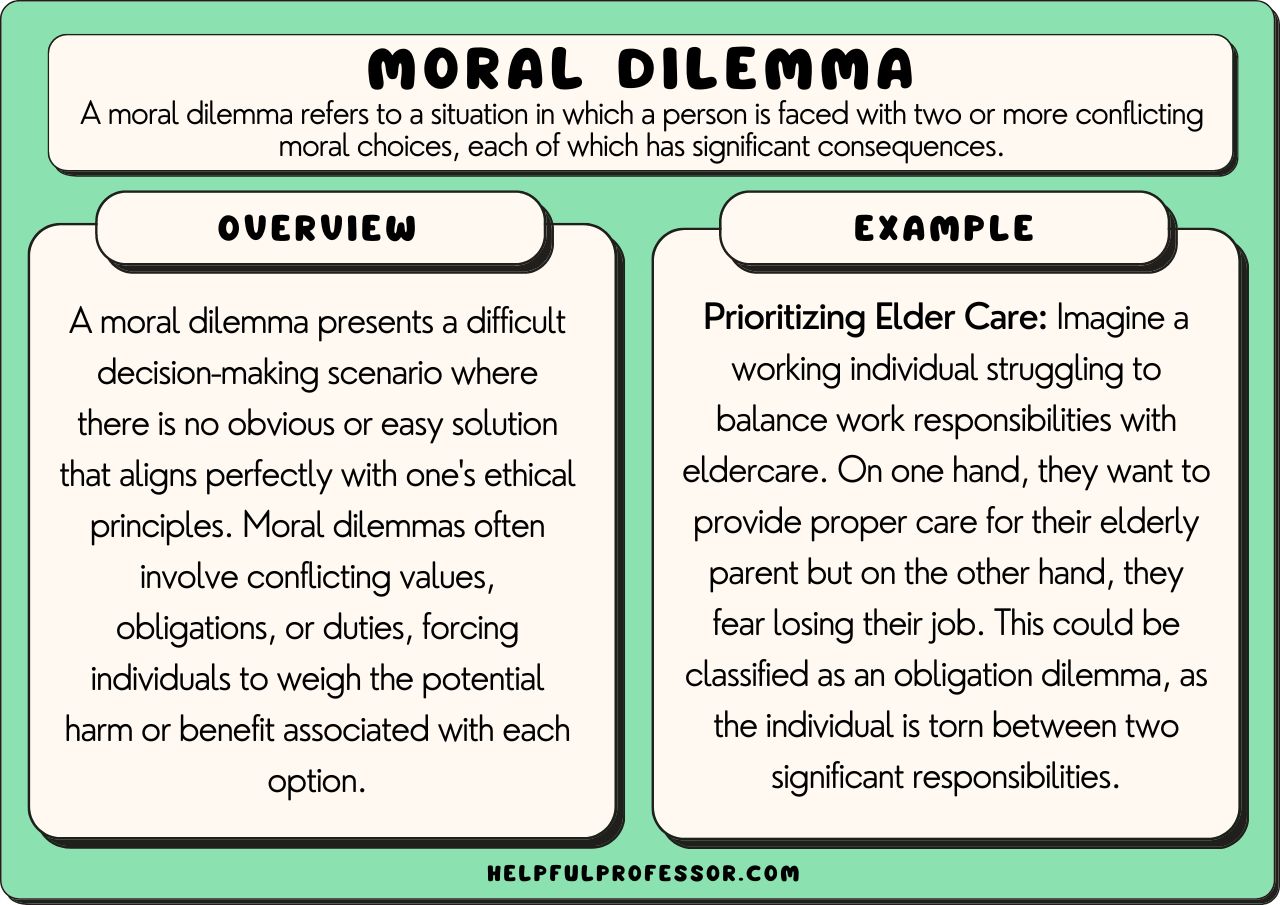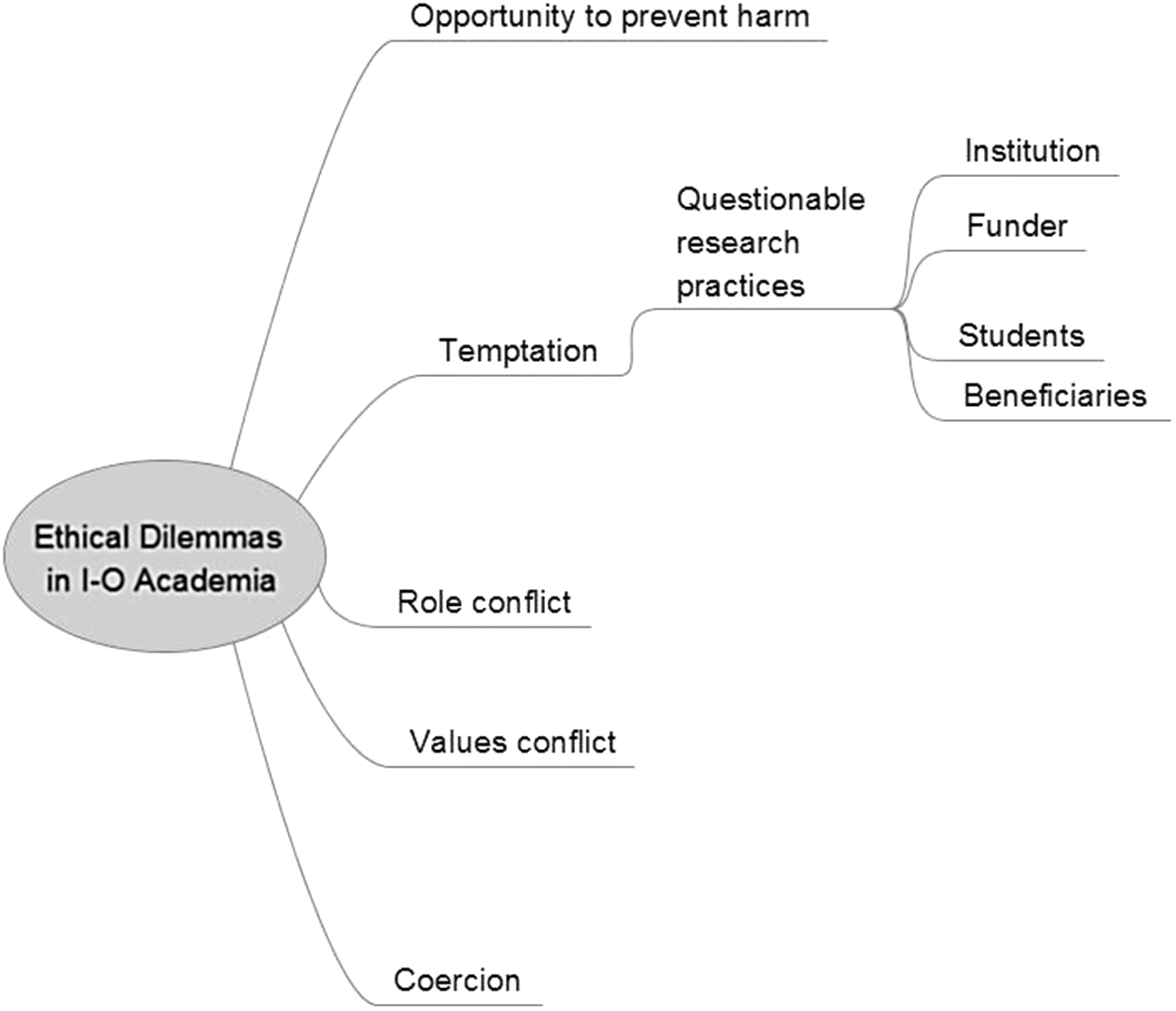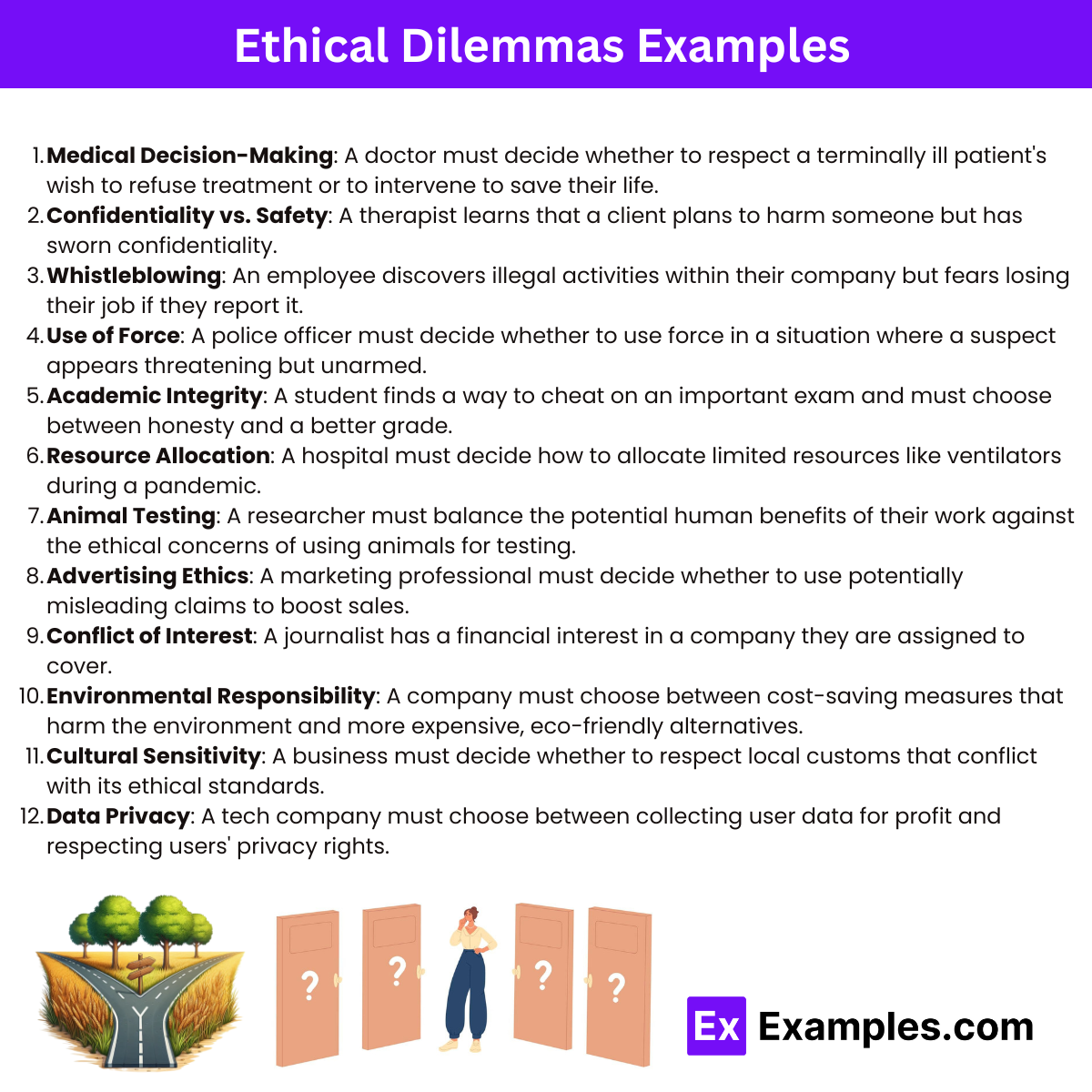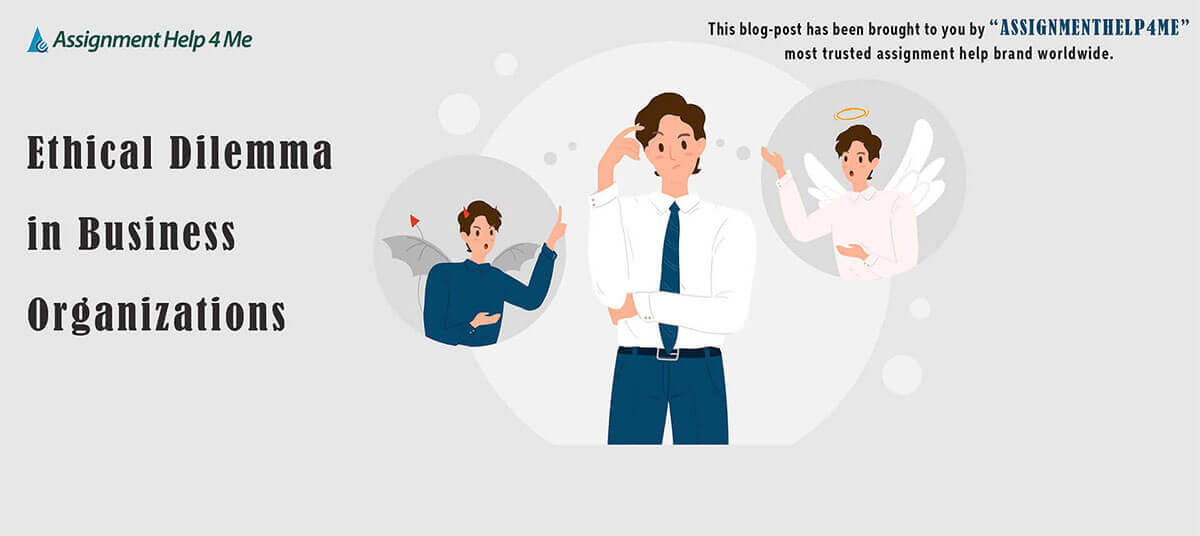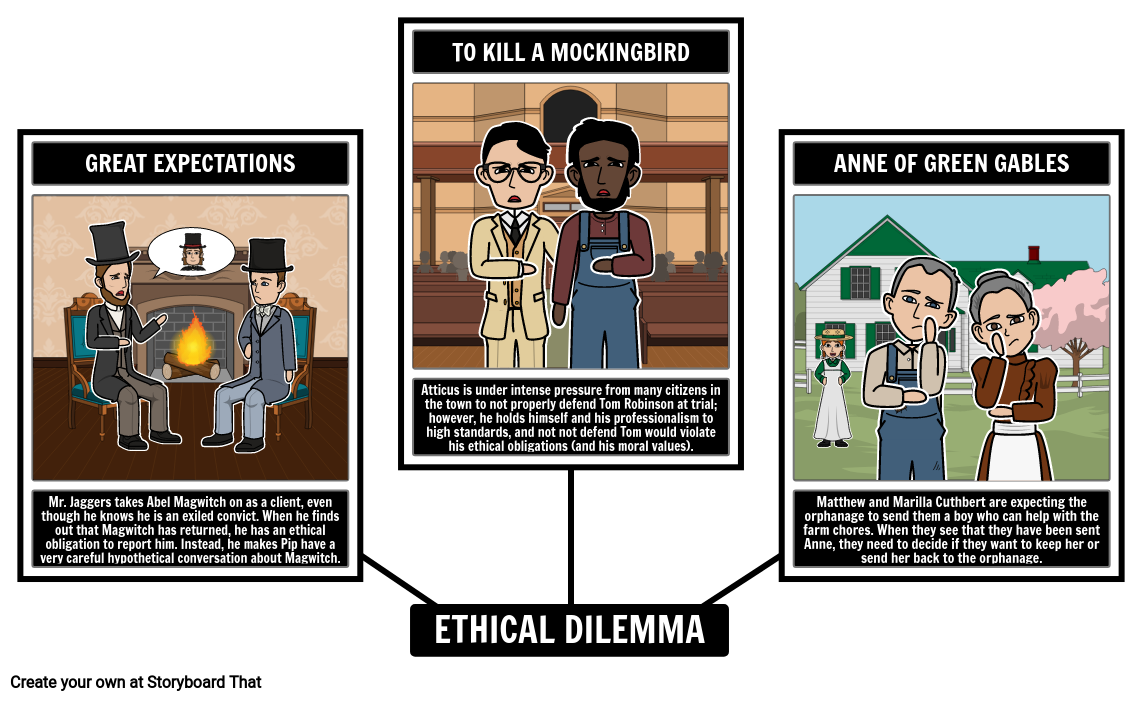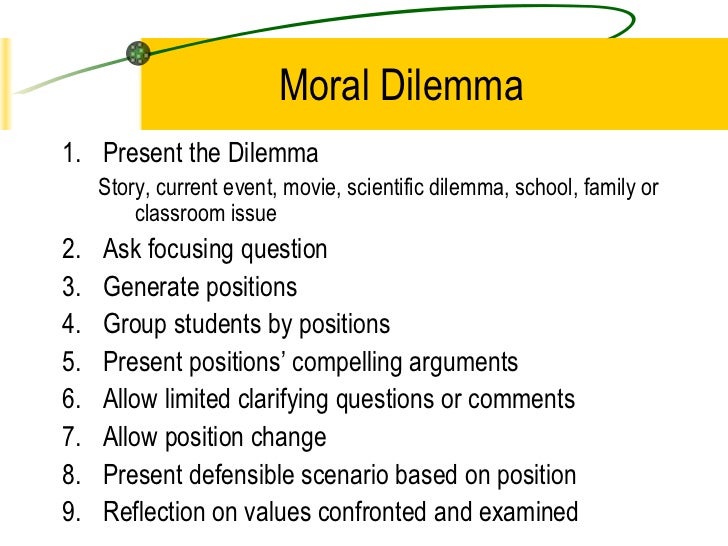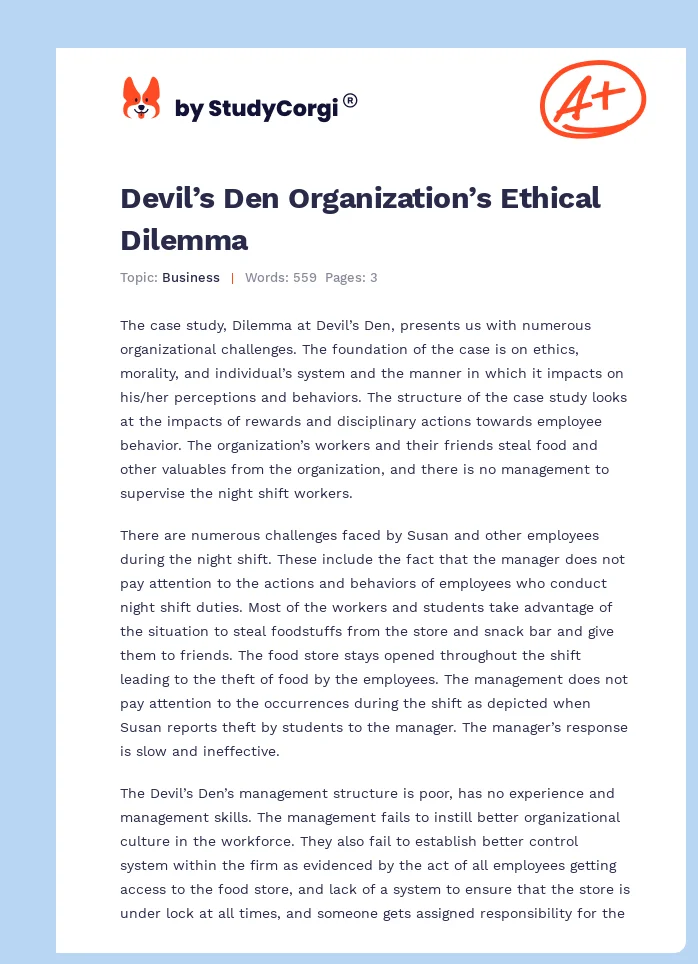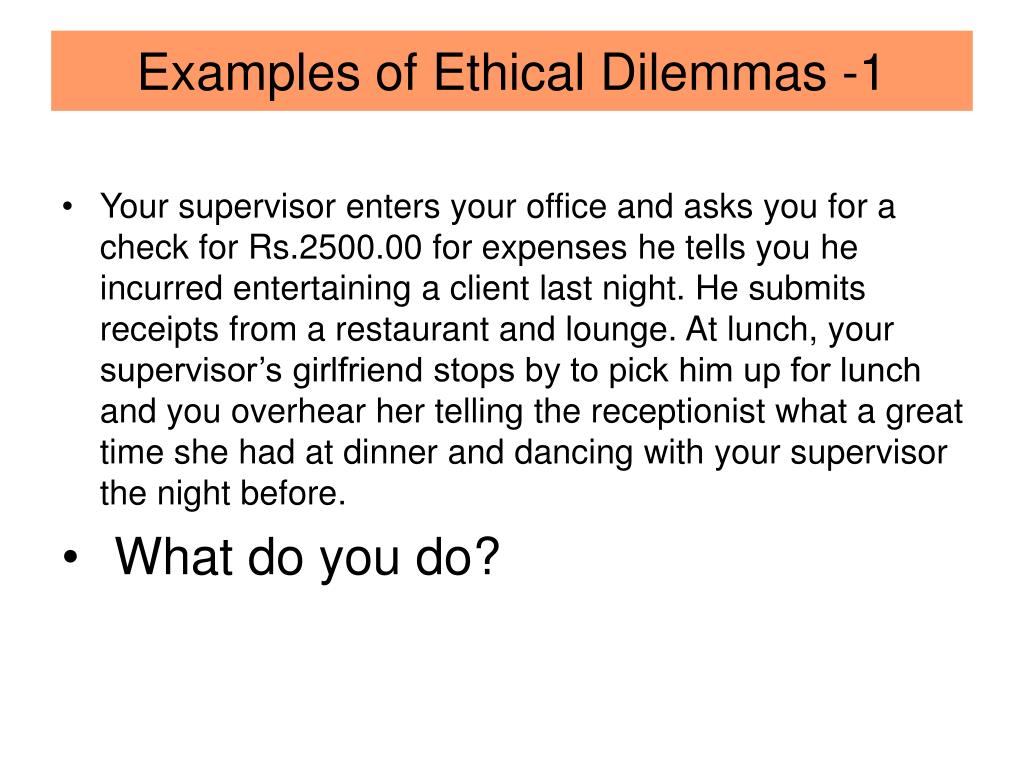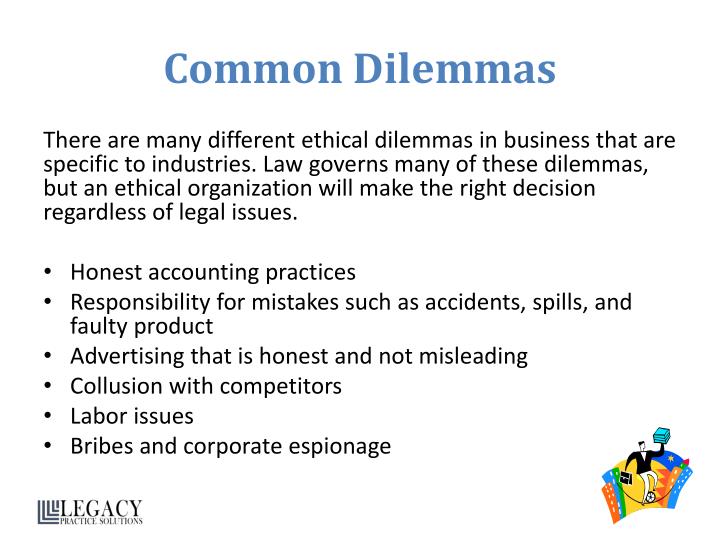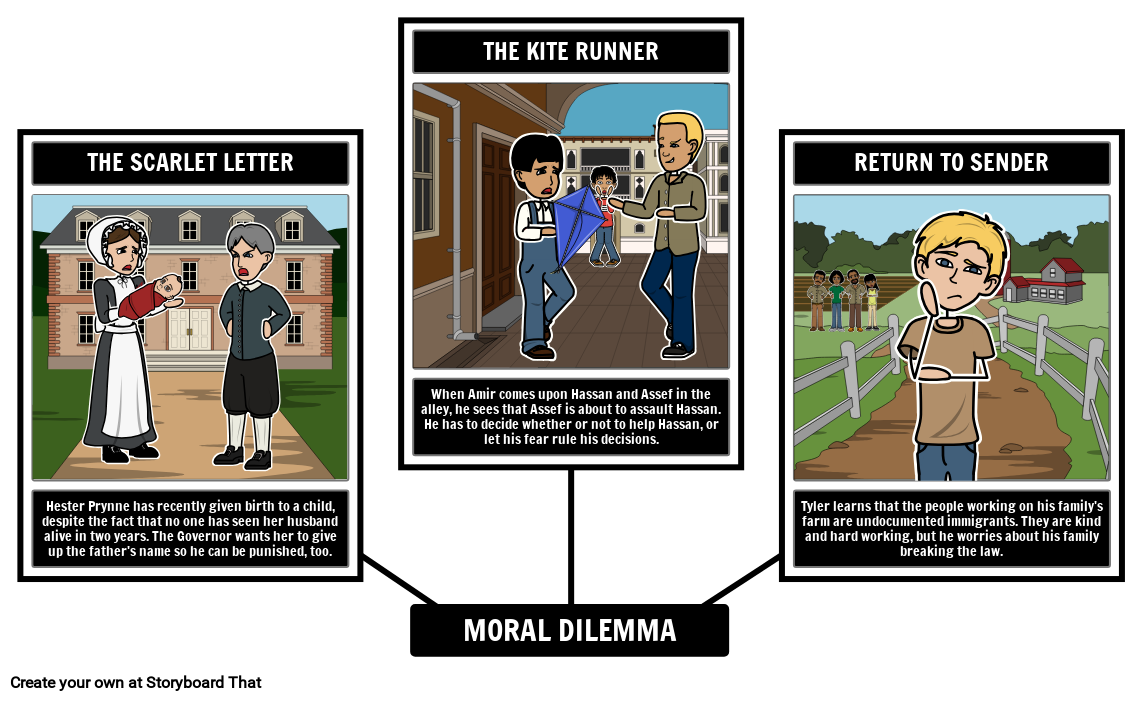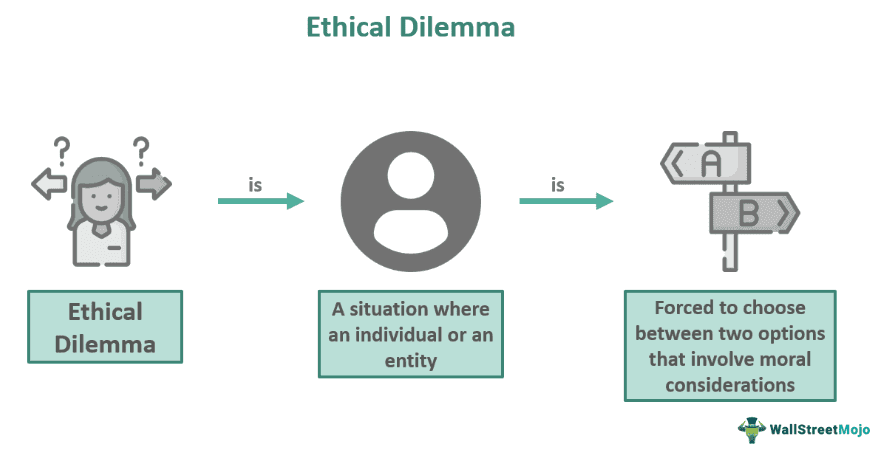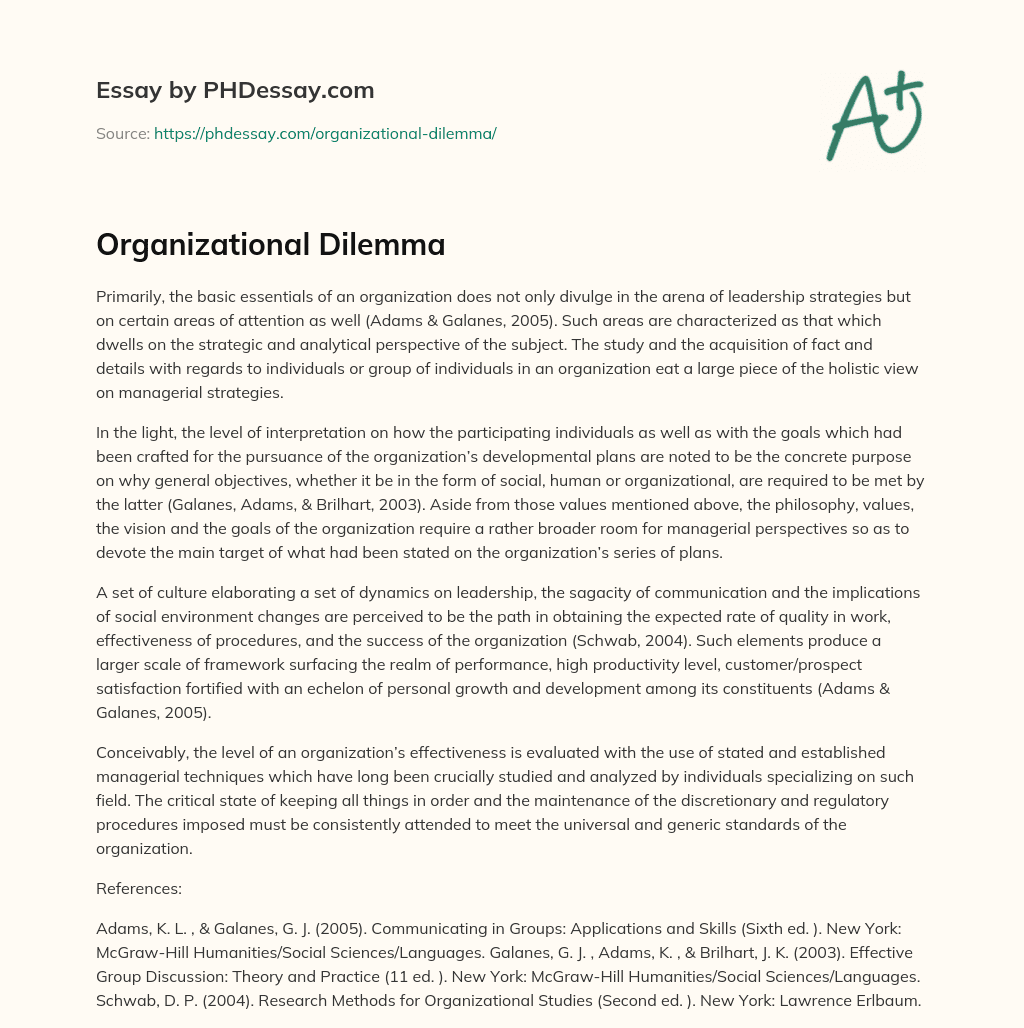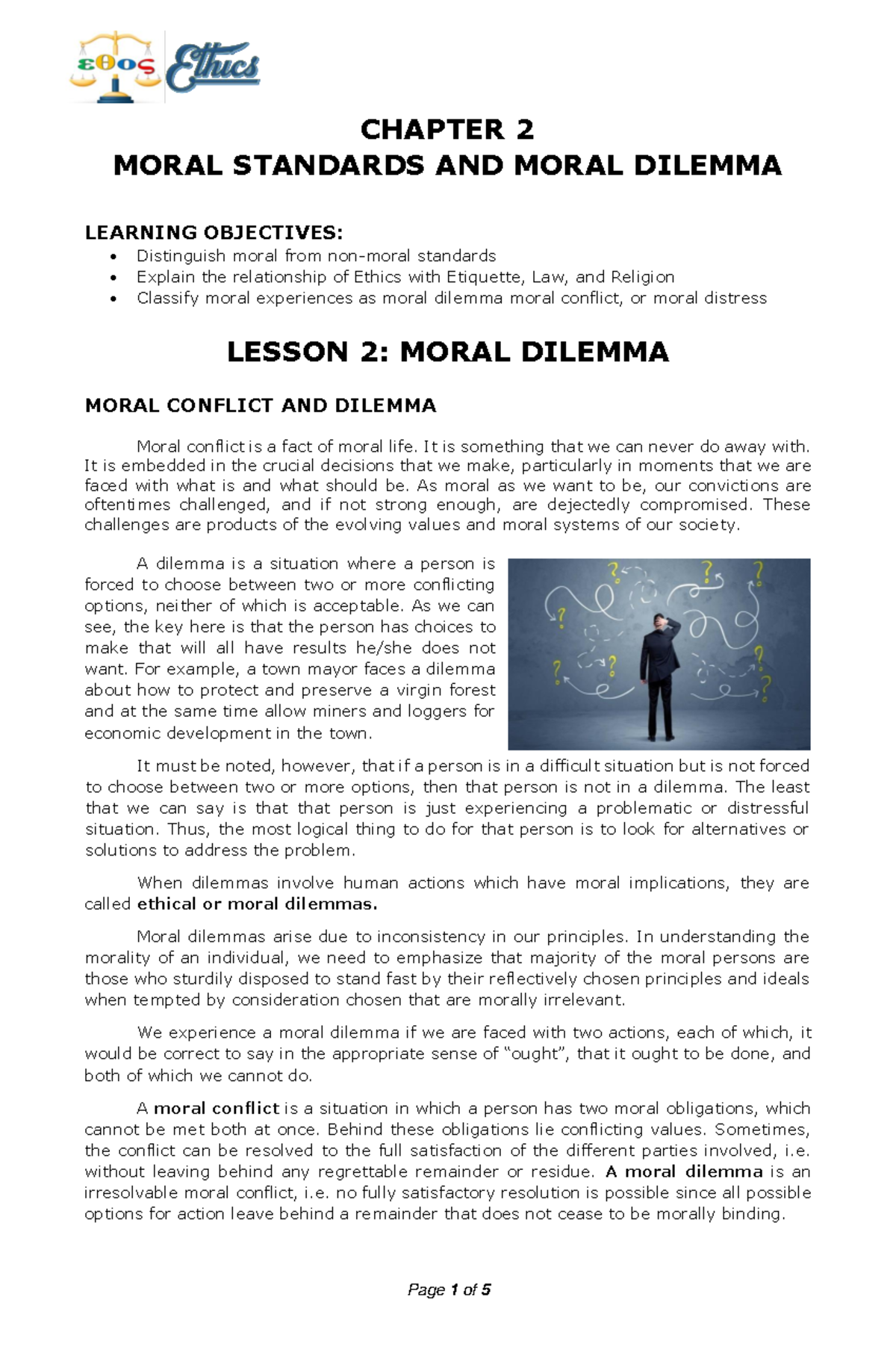Organizational Moral Dilemma Examples
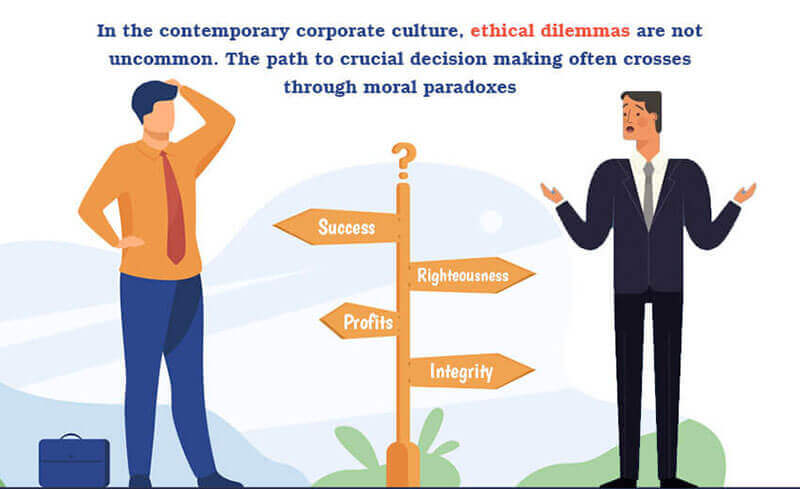
Ethical fault lines are fracturing organizations across industries, forcing leaders to confront agonizing choices with far-reaching consequences. When profit clashes with principle, and legal compliance conflicts with societal well-being, the resulting moral dilemmas can cripple companies and erode public trust.
This report examines real-world examples of organizational moral dilemmas, revealing the complex pressures driving these crises and the devastating impact they can have. Understanding these cases is crucial for building more ethical and resilient organizations.
The Case of the Discounted Drugs
What: A major pharmaceutical company, PharmaCorp, discovered a potentially fatal side effect associated with a widely prescribed drug in several developing countries.
Who: PharmaCorp executives faced the dilemma of recalling the drug, a move that would cost billions and potentially bankrupt the company, or continuing sales in countries with less stringent regulations.
Where: The affected developing countries lacked the resources to effectively monitor and report adverse drug reactions.
When: This dilemma arose during a period of intense pressure from shareholders to maintain profitability.
"The pressure to perform financially can sometimes overshadow ethical considerations. Leaders may feel they have no choice but to prioritize profit, even if it means compromising on ethical principles." - Dr. Anya Sharma, Ethics Consultant
The Decision and its Aftermath
Ultimately, PharmaCorp opted to continue selling the drug in the developing countries. Internal documents later revealed a deliberate strategy to exploit regulatory weaknesses.
The decision led to widespread health complications and deaths, triggering international condemnation and significant legal repercussions for PharmaCorp.
The Social Media Algorithm Dilemma
What: A prominent social media platform, GlobalConnect, found its algorithms were amplifying hate speech and misinformation, contributing to social polarization and unrest.
Who: GlobalConnect's leadership team debated whether to modify the algorithms, potentially reducing user engagement and advertising revenue, or to maintain the status quo.
Where: This occurred across the globe, impacting democratic processes and societal cohesion in numerous countries.
When: The dilemma intensified leading up to a major election, as the spread of misinformation threatened the integrity of the democratic process.
Profit vs. Public Good
GlobalConnect initially resisted making significant changes to its algorithms, citing concerns about profitability and user growth.
Public pressure, combined with growing evidence of real-world harm, eventually forced GlobalConnect to implement some modifications, but critics argued that the changes were insufficient.
The Environmental Cover-Up
What: A large manufacturing company, ChemCo, discovered evidence of significant environmental contamination caused by its factory operations.
Who: ChemCo executives faced the choice of reporting the contamination to regulatory authorities, incurring substantial fines and remediation costs, or attempting to conceal the information.
Where: The contamination affected a local community's water supply, posing a significant health risk to residents.
When: The discovery coincided with ChemCo's planned expansion, which required regulatory approval.
The Consequences of Silence
ChemCo chose to suppress the evidence of contamination, resulting in long-term health problems for the community and severe environmental damage.
The cover-up was eventually exposed, leading to criminal charges against ChemCo executives and massive civil lawsuits.
Moving forward, stronger regulatory oversight, increased corporate accountability, and a renewed focus on ethical leadership are crucial to prevent future organizational moral dilemmas. Companies must prioritize values over short-term gains to build a sustainable and trustworthy future.
